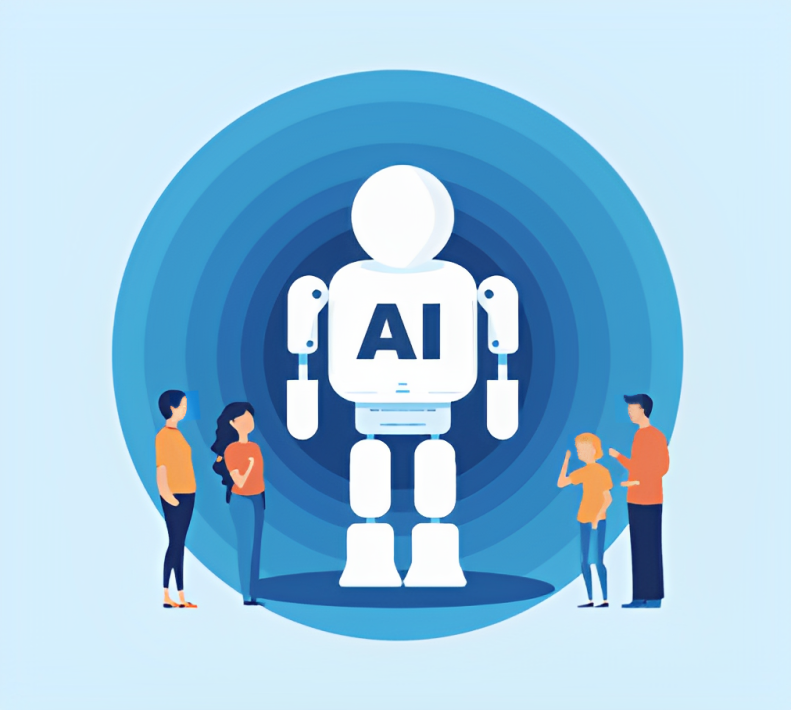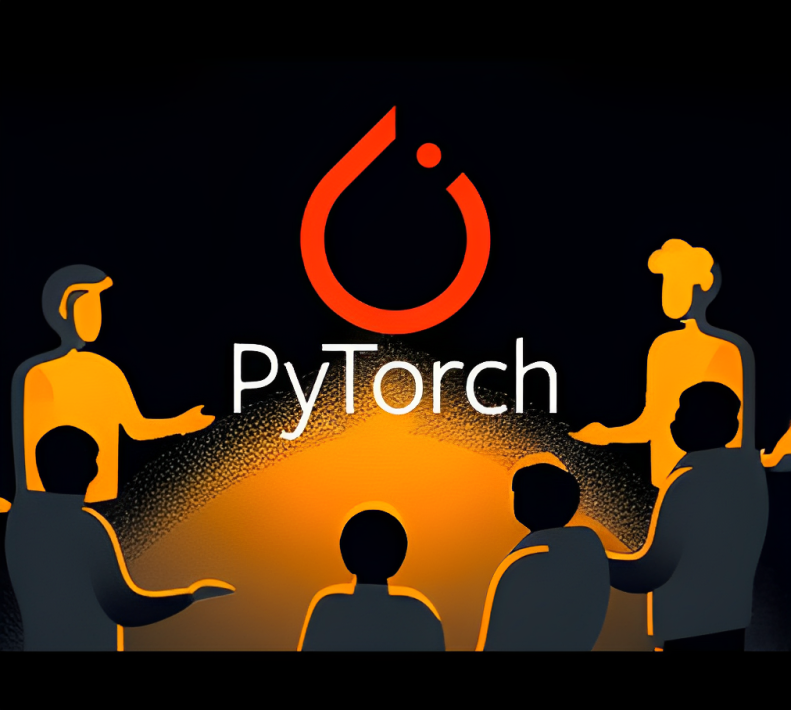Get ahead in the tech industry and advance your career
Learn alongside 3 million
users just like you, and launch your tech career with our courses
on AI, Data Science and other emerging technologies. Get certified credentials to showcase your career ready skills.
Start Learning

4.5M
Enrollments
Learn without limits, at no cost!
Covering cutting-edge technology

1.5M
Certificates Issued
Learn and show off job-ready skills
Advance your career in tech

300
Courses & Projects
Learn the latest technologies
Our hands-on content allows you to get ahead
Sample Collections
to Explore AI Projects

Learn AI Hands-on
Generative AI
Generative AI, popularized by ChatGPT, enables machines to produce
original content like art, music, and human-like text,
revolutionizing creativity.
Try it Hands-on
The Art of Prompt Engineering
Beginner
30 mins
Creating Anime Character using DCGANs and Keras
Intermediate
1 hour
Natural Language Processing with Hugging Face Transformers
Intermediate
30 mins
Build an Image Style Transfer Tool using CycleGANs
Advanced
1 hour
Create a Voice Assistant with OpenAI's GPT-3 and IBM Watson
Beginner
1 hour
Create AI powered apps with open source LangChain
Beginner
90 mins
Text Sentiment Analysis using Caikit and Hugging Face
Beginner
30 mins

Learn AI Hands-on
Reinforcement Learning
Reinforcement Learning as a learning technique proves very
applicable across domains such as robotics, gaming, autonomous
vehicles, etc.
Try it Hands-on
Monte Carlo Reinforcement Learning for Simple Games
Beginner
1 hour
Win Blackjack with Reinforcement Learning
Intermediate
1 hour
Playing TicTacToe with Reinforcement Learning and OpenAI Gym
Intermediate
45 mins
Unleashing the Power of Reinforcement Learning for Trading
Advanced
90 mins

Learn AI Hands-on
Time Series
Embrace the 4th dimension: Time. Take advantage of time series
analysis to understand events as they unfold in real-time.
Try it Hands-on
Machine Learning for Sequential Data
Beginner
45 mins
Time Series Forecasting With Prophet
Beginner
45 mins
Create a Cryptocurrency Trading Algorithm in Python
Beginner
30 mins
Forecasting Crypto Portfolios Like a Quant
Beginner
30 mins
Why Learn With Us?
Get Started!
CognitiveClass is home to the latest and greatest tech content the world has to offer. We provide the following features to differentiate ourselves:
- Recommended Learning Paths to always be ahead
- Learn through hands-on projects
- Everything you need is provided to you
- Learn from industry leaders
- Add IBM backed credentials to your resume
Follow our
Learning Paths to maximize your Potential
Fundamentals of AI
Beginner
3 hours
3 Courses
Machine Learning Basics
Beginner
7 hours
5 Courses
Learn AI Hands-On - PyTorch
Beginner
24 hours
7 Courses
Computer Vision Hands-on with PyTorch
Beginner
8 hours
7 Courses
Enhancing Applications with Embeddable AI
Beginner
5 hours
4 Courses
Data Science Fundamentals
Beginner
10 hours
3 Courses





